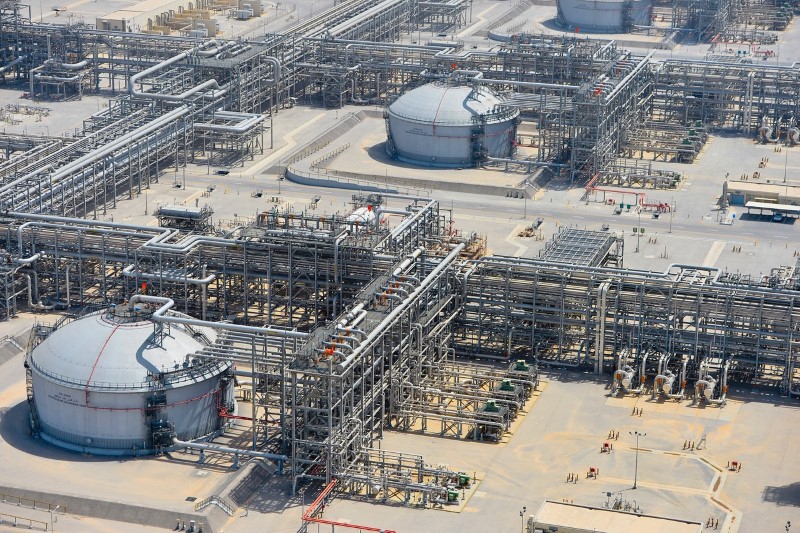By Geoffrey Smith
Investing.com -- Crude oil prices came off overnight highs in early trading in New York Monday as the market took a more relaxed attitude to the news of a strike on Saudi oil facilities by Yemen-based forces.
Brent crude futures had surged as high as $71.34 a barrel after news of a combined drone-and-missile attack on various facilities including the Ras Tenura export terminal, through which up to 6.5 million barrels a day of crude and refined products can flow.
The news initially struck echoes of an attack on the key processing facility at Abqaiq in 2019 that disrupted Saudi Arabian exports for some days. Operator Saudi Aramco (SE:2222) later said however that there had been no substantial damage to the facilities and added that there had been no loss of life.
By 8:50 AM ET (1350 GMT), U.S. crude futures were trading down 0.4% on the day at $65.83 a barrel, while Brent, the international benchmark, was down 0.4% at $69.06 a barrel.
Prices are still being supported near their highest levels in over a year, thanks to the Organization of Petroleum Exporting Countries’ surprise decision at a monthly review last week not to raise output in April.
“We do not expect the price fever to cool down, in the short-term,” said Rystad Energy oil market analyst Louise Dickson in emailed comments. “The Saudi-led decision to hold back more oil production will yield an extraordinarily tight oil market with stock draws perhaps accelerating towards 1.3 million barrels a day in April, and even deeper beyond 2.5 million b/d if supply restraint spills into May.”
Saudi Oil Minister Prince Abdulaziz referred repeatedly in a subsequent press conference to doubts about the underlying strength of global demand. Analysts have warned that jet fuel demand in particular may struggle to rebound this year, and a series of airlines in recent weeks have warned that a big rebound in international air travel is not imminent.
Prince Abdulaziz’s caution appears to be shared by hedge funds and other financial players, who trimmed their net long position in oil and refined products for the second straight week last week, according to data from the U.S. Commodity Futures Trading Commission.
However, other sources of demand appear to be holding up well. According to Pay with GasBuddy data, U.S. gasoline demand jumped 5.9% for the week ending Saturday, pushing demand to the highest since the pandemic started, GasBuddy analyst Patrick De Haan said via Twitter.
U.S. gasoline RBOB futures were down 0.5% by 8:50 AM ET but were still comfortably above the $2/gallon level at $2.0535.
